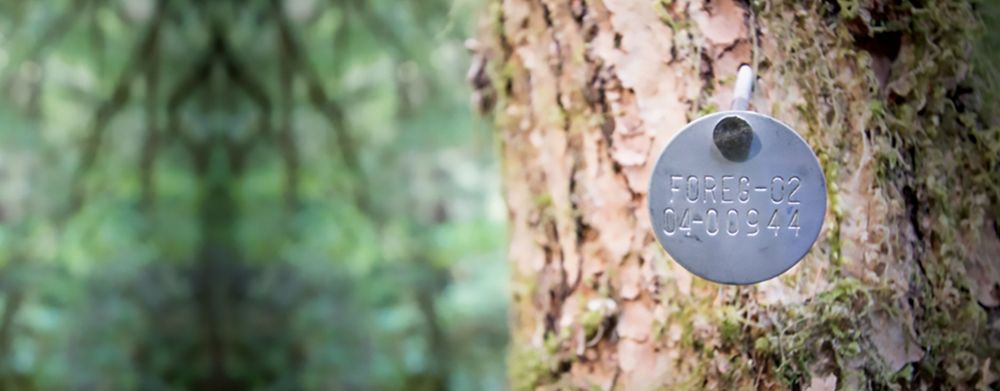
In a world infatuated with constant change, soundbites and breaking news every few minutes, a commitment to the long term can feel almost out of place.
But real change doesn’t happen overnight – it needs time, commitment and reflection. All of which exists at the H.J. Andrews Experimental Forest Long Term Ecological Research (LTER) Program, managed by Oregon State University in partnership with the US Forest Service. First established in 1948 as a US Forest Service Experimental Forest, the Andrews, as it’s affectionately known, is a 16,000-acre ecological research site east of Eugene in Oregon’s western Cascades Mountains. The research program is part of the LTER network and one of 28 sites funded by the National Science Foundation.
This kind of commitment to long-term research produces transformative, influential science that has global impacts. The forest and its research have impacted policy and science, yet it’s relatively unknown to the general public.
“Most people in Oregon have never heard of the Andrews Forest and related research. Yet, we can trace many of our current ideas about forestry – the role of dead wood in a system, important work on carbon sequestration, important work on hydrology – directly back to Andrews Forest research,” says Michael Paul Nelson, Ruth H. Spaniol Endowed Chair of Renewable Resources and Lead-Principal Investigator for the H.J. Andrews Experimental Forest LTER program.
The work is critical, and at times, surprising. Nelson has nicknamed the exciting research done at the Andrews Forest ‘the ecology of surprise.’
“There are surprises about how complex our system is, but also how theory or observations elsewhere suggest one thing, and over time, we find quite another,” he says.
The breadth and depth of the research that’s present at the H.J. Andrews is impressive. Researchers throughout Oregon State University, across the state and worldwide conduct innovative, collaborative, multi-disciplinary research at the forest. It’s also a place where writers, artists and thought-leaders gather to reflect on the meaning and significance of the ancient forest ecosystem and its ever-evolving relationship to humans by studying ethics, arts, and humanities.
Even the leadership of the Andrews is unique. Instead of a biologist or an ecologist leading the work at Andrews, a philosopher is in charge. Nelson, professor of philosophy and environmental ethics in the College of Forestry, is one of only two non-biophysical scientists ever appointed to this leadership position in the history of the 28 long-term ecological research sites.
Reimagining forest research
In 1980, the HJ Andrews Forest was designated a LTER site by the NSF. Since its inception, it has received continuous NSF funding and in 2020, it received renewed NSF funding another six years.
“This is an amazing accomplishment as renewal is not guaranteed and several sites have been put on probation or lost funding,” says Katy Kavanagh, associate dean for research at the College of Forestry. “It’s indicative of the transformative science that can come from long-term research.”
Long-term research can give us insight into the future. However, as Nelson notes, nothing can predict the future. The Andrews Forest community was painfully reminded of this in September 2020 when fires erupted west of the Cascades burning over 400 acres of the lower part of the forest.
“The fire displaced our staff, burned a portion of the Andrews Forest, and is prompting our research imaginations in new ways,” Nelson says.
As a result, H.J. Andrews scientists are coordinating efforts to use long-term monitoring and new measurements to understand the effects of the fire and forest recovery. The fire is also encouraging scientists to ask more profound questions that are difficult to quantify. This study of fire, says Nelson, is a perfect example of the necessity of interdisciplinary research extending far beyond the sciences.
“Dramatic events like the fire provide us with an opportunity to exercise humility and use our imaginations to ask new questions, ultimately forging a new relationship with the world,” Nelson explains.
This story was part of the College of Forestry’s 2019-2020 Biennial Report.

